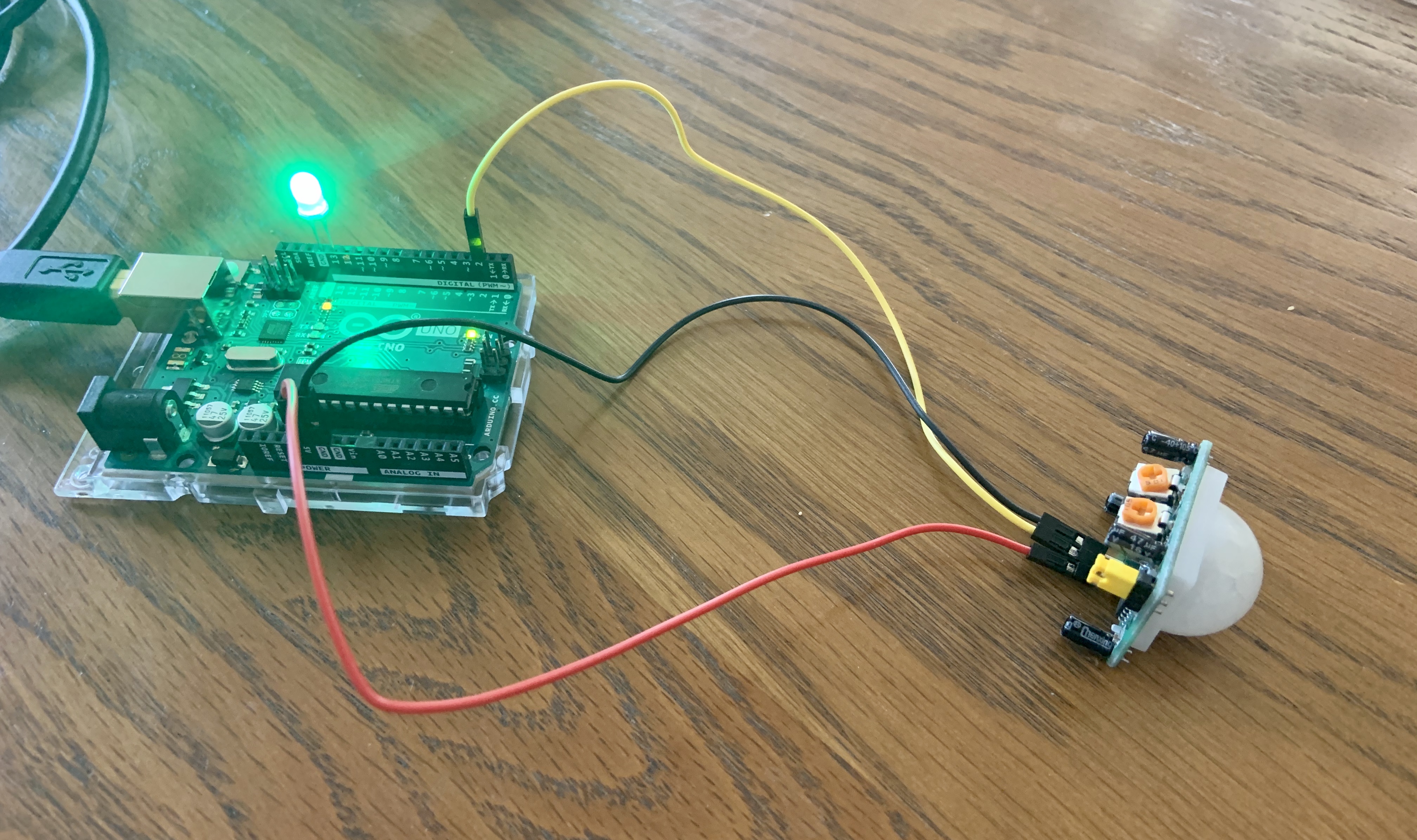Minimizing Energy Consumption by Designing Motion Sensors to Control Lights



For the summer of 2020, I participated in a Pre-Engineering Education Collaborative II Grant to work along side students, mentors and professors to create solutions for a substainable future. During this summer, COVID-19 caused the program to be online and to make individual projects rather than group ones. For my project, I wanted to focus on reducing electricity usage and to research the effects of CO2 emissions in the enviroment.
The first step of the project was the integration of the motion sensor with the Arduino. After setting up the motion sensor to Arduino, a light-emitting diode (LED) was attached. The LED was programmed to turn off when motion was detected. The next step was building a standard three prong power outlet while incorporating the relay as a switch for it. The purpose of building the power outlet was to provide the option for different appliances to be plugged in and operate with the Arduino. The power outlet was built once all the wires were successfully connected. Using the breadboard, the motion sensor and the assembled power outlet were connected together. The relay was then programmed to turn the outlet on when the motion sensor was triggered. When motion was detected, the relay would switch the power outlet to work according to the program commands.
You can learn more on my project poster See project.